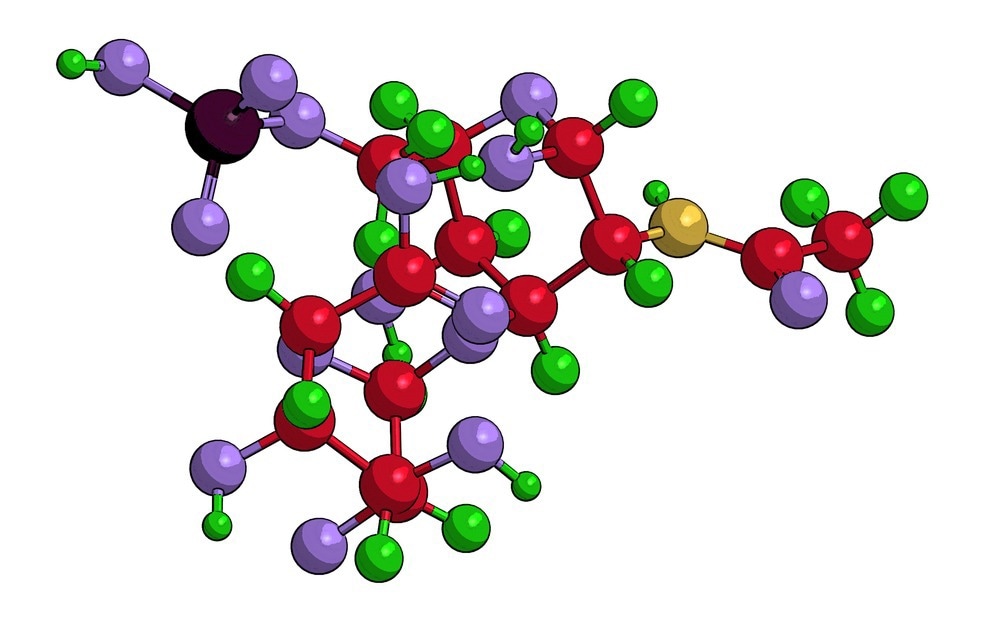Numerous cellular processes depend on glycans for a variety of crucial functions. Glycans play a wide variety of functions, and their intricate structures, which are the result of variations in composition, branching, regio- and stereochemistry, and modification, are a perfect fit. The structural characterization of glycans is made challenging by this unparalleled structural variety.

Image Credit: Raimundo79/Shutterstock.com
Recently, a collaborative research team from the Dalian Institute of Chemical Physics (DICP) of the Chinese Academy of Sciences (CAS), under the direction of Prof. Guangyan Qing and Prof. Xinmiao Liang, developed a glycan identification method based on nanopore single-molecule sensing through a glycan derivatization strategy.
The study was released on March 28th, 2023 in Nature Communications.
Potential interest has been generated by the identification and sequencing of glycans utilizing nanopore single-molecule methods. Over the previous twelve years, it has made only a little development. Only a few examples that concentrated on either certain monosaccharides or high molecular weight polysaccharides were described.
Single-molecule detection with nanopore has not yet been accomplished for smaller but structurally more varied glycans with greater biological importance. This is partly because the quick passage of glycan via nanopore cannot be felt due to the tiny size and weak affinities of glycan with the nanopore.
The researchers developed a derivatization technique to overcome the problem by attaching a tiny glycan to an aromatic-type tag group via a quick and simple reductive amination process. A wild-type aerolysin nanopore recognized the resultant tagged glycan by displaying strong nanopore blockage signals.
Processing the nanopore single-molecule blockage events led to the creation of a scatter plot based on blockage current and dwell duration as the fingerprint map. They discovered many glycan isomers as well as branched simple glycans and glycans of various lengths.
The team found that the aromatic tag on the glycan had several cation-π interactions with the K238 residues at the nanopore interface, which slowed the translocation of the tagged glycan and aided in the sensing.
This study pushes the boundary of nanopore sensing beyond its traditional focus on nucleic acid and protein, and activates its power in the glycomics and glycoscience field, which might pave the way towards nanopore glycan sequencing.
Guangyan Qing, Professor, Dalian Institute of Chemical Physics, Chinese Academy of Sciences
Journal Reference:
Li, M., et al. (2023) Identification of tagged glycans with a protein nanopore. Nature Communications. doi:10.1038/s41467-023-37348-5.